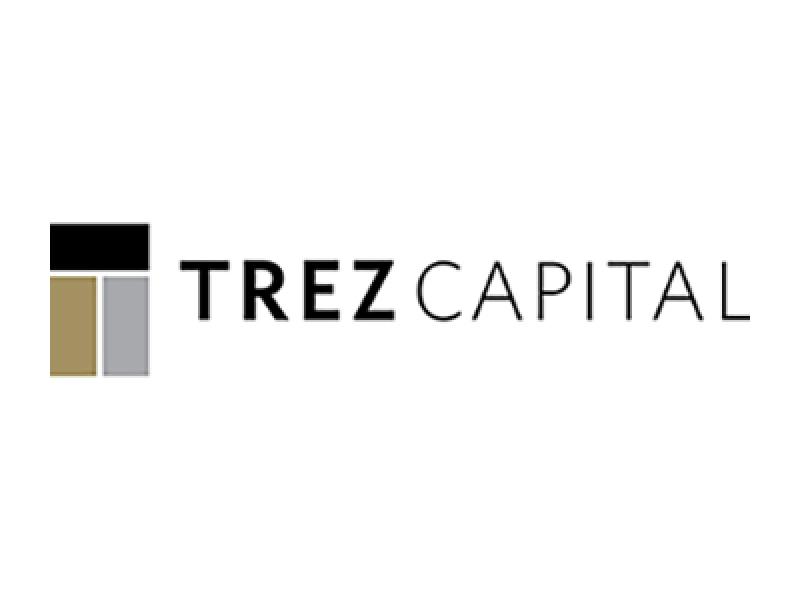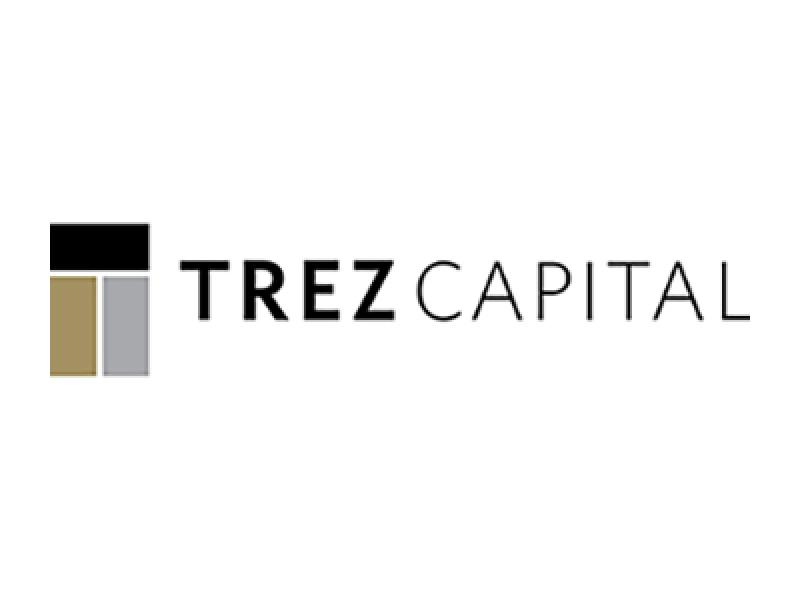After two years of cost volatility, policy uncertainty and cautious capital, Canada’s commercial real estate (CRE) financing market is entering a more rational phase.
Across major metros—particularly in Vancouver, Calgary and parts of the Greater Toronto Area (GTA)—costs are finally aligning with achievable revenues, creating a clearer path for developers and lenders to move projects forward.
Cost inflation has broken—and predictability is back
The last real inflationary shock hit construction in 2022, when material costs jumped 15–20 per cent year-over-year and trades commanded record premiums. Since then, escalation has not only slowed—it’s reversed in some markets. While the market continues to monitor for potential inflationary impacts from tariffs, data from Altus Group and Rider Levett Bucknall show national construction cost growth moderating to the mid-single-digits, with several markets seeing quarter-over-quarter declines.
Developers are taking advantage of that shift. Many are fixing 70 per cent or more of hard costs, locking in pricing before shovels hit the ground. Others are contemplating staging the fixing of hard costs with the expectation of realizing future cost savings. That discipline, once seen as defensive, is now enabling projects to proceed with tighter contingencies and more credible budgets. On new starts, cost overrun reserves are increasingly untouched and labour availability has improved as the backlog of mega-projects eases.
Multi-family rental and industrial lead; condo starts remain selective
The sectors driving new credit demand are consistent with the broader structural story. Multi-family rental continues to attract capital, sustained by constrained supply and continued low vacancy. With national vacancy rates and rental inflation holding in the 3–5 per cent range, lenders see stable income and lower execution risk.
Industrial remains a core lending theme, particularly in Alberta, Metro Vancouver and parts of the GTA. From a lender’s perspective, construction execution risk is lower for industrial given the relative simplicity of the build as compared to multi-family or other asset classes. Availability rates below 5 per cent, limited new supply and steady rent growth are sustaining underwriting confidence.
Condo construction, by contrast, remains sharply down. In Toronto, Urbanation reports new project launches down more than 40 per cent year-to-date as developers reprice and reassess feasibility. Projects moving ahead are typically wood-frame or mid-rise buildings, aimed at end-users rather than investors.
This sector bifurcation is reflected in lending pipelines. Construction and bridge loans for multi-family rental and industrial assets are advancing. In contrast, high-rise and speculative land loans remain thin.
Regional differences are widening
Conditions vary sharply by province.
British Columbia is benefiting from improved buyer confidence and a resilient end-user market. Developers are reporting stronger closing rates on recently completed condo projects, with default rates well below those in the GTA.
Alberta continues to see relative strength, driven by sustained population inflows and lower build costs—about 20 per cent below Greater Toronto benchmarks, according to recent CBRE and Altus data.
In Ontario, unsold condominium inventory remains a challenge; however, material and labour pricing have normalized. Layered municipal fees and high financing costs continue to delay project starts, whereas the potential for targeted fee reductions, now under active discussion, could bring sidelined developments back into the pipeline in 2026.
Lenders are open, but disciplined
Lenders and institutional allocators are prioritizing projects with cost certainty, sponsors with execution track records and product aimed at end-users or essential logistics. By contrast, speculative high-rise condo and complex, amenity-heavy projects remain constrained unless they show pre-sale depth and conservative contingencies. The market is decompressing into winners—industrial, multi-family rental, neighbourhood retail—and those projects that still need to prove their case.
A more sustainable cycle
The shift underway in Canadian CRE lending is less about optimism and more about normalization. Construction risk is moderating; income fundamentals remain intact and underwriting standards based on today’s market fundamentals are holding firm. It’s a disciplined market—and that’s a good thing.
Looking ahead, the outlook is pragmatic: expect selective expansion in multi-family and industrial, a measured return of mixed-use projects in 2026 as costs stabilize further and a disciplined lending environment that supports long-term stability.
In conversations across the industry this fall, one message keeps coming through: capital is available for the right opportunities.
Lenders and investors are channeling funds toward projects with demonstrable demand, transparent cost structures and credible teams capable of execution. Meanwhile, initiatives that fail to meet these criteria will simply remain on hold.
This isn’t a market in distress—it’s a market maturing.








